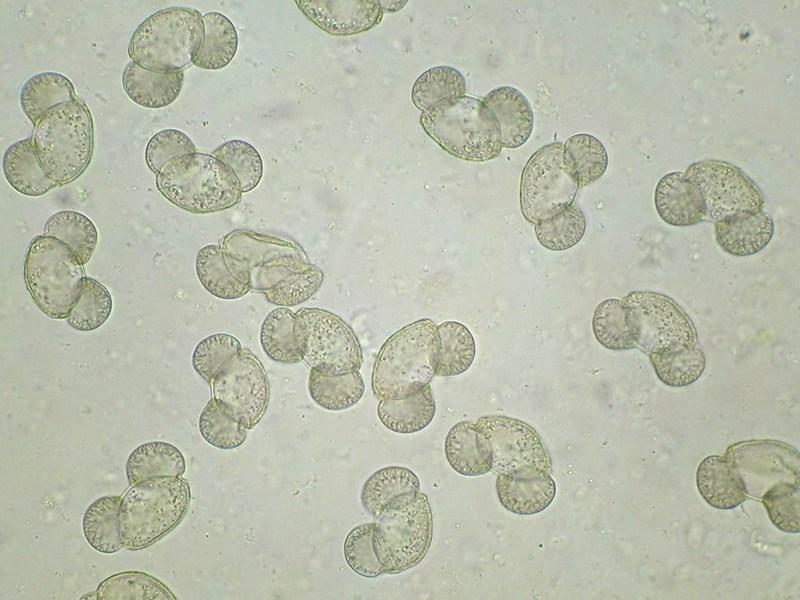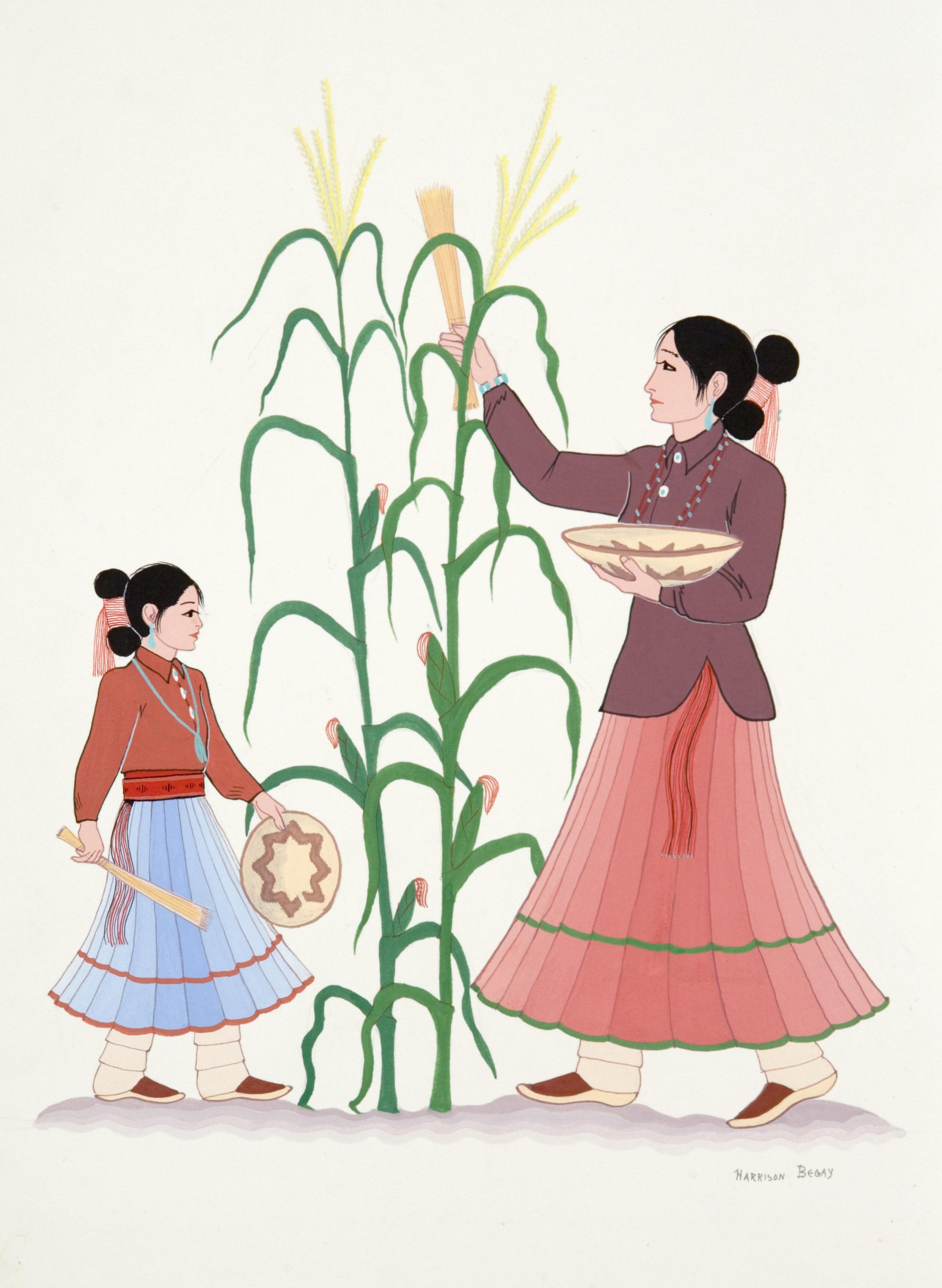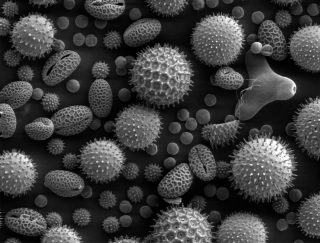If you’re anything like me, your seasonal allergies are in full swing. The Mid-Atlantic region is fortunate to have a long spring before the summer heat and humidity arrives, but spring blooms often lead to runny noses! The common culprit behind seasonal sniffles is pollen, a tiny grain secreted by trees, grasses, and other plants. Though pollen can be vilified for wreaking havoc on our immune systems each spring, it serves an important role in tree reproduction and more.
Pollen contains male gametes, which are reproductive cells that pair with female gametes during pollination. When these cells pair, they ultimately produce a fertile seed that can grow future trees. Conifer trees generally produce pollen from male cones and form seeds in female cones. Most other trees produce pollen from the male portion of flowers (called the stamen) and form seeds within female portions of flowers (called the ovary).

The layers of pollen that coat your car windshield and form psychedelic swirls in puddles are formed by millions of tiny grains. Each pollen grain is surrounded by a tough outer layer that is made from a substance called sporopollenin. This outer layer is chemically stable, which means that pollen grains are tough and can withstand environmental and chemical weathering. The outer layer of pollen grains can form beautiful, intricate patterns and shapes, which help each grain hitch a ride on everything from wind gusts to bees to ensure that the genetic material can find an accepting cone or flower.
Pollen is a key component in the reproduction of terrestrial plants – many of which build and feed our communities. People have recognized and benefited from more direct uses of pollen, as well. Diné (Navajo) communities recognize corn pollen as a sacred symbol used in prayer and sandpainting rituals. Pollen collected from honeybees is rich in healthy vitamins and minerals, so some people consume dried pollen powder for health benefits.

Given the incredible composition of sporopollenin, pollen grains are used as reliable indicators of ancient life, as pollen can withstand the chemical and physical weathering that occurs during fossilization. Palynology broadly refers to the field of research that utilizes the date and location of organic remains (such as pollen) to understand the physical conditions on Earth. Researchers have found and utilized pollen samples to better understand the progression of the evolution of life on Earth. Forensic scientists also utilize elements of palynology to identify criminal activity, as pollen grains can provide clues to the plant species near crimes.
Though pollen contributes to uncomfortable seasonal allergies, it plays an important role in ensuring that terrestrial plants reproduce successfully. Pollen also commands strong cultural and economic value from diverse communities. I’ll try to keep this all in mind next time I’m sneezing my way into work!
Resources
University of Western Australia (2011). What is pollen? https://www.uwa.edu.au/study/-/media/Faculties/Science/Docs/What-is-pollen.pdf
Lord, E. M., & Russell, S. D. (2002). The mechanisms of pollination and fertilization in plants. Annual review of cell and developmental biology, 18(1), 81-105.
Assistant Secretary for Health (2024). Pollen: Spring Pollen Season is Getting Longer & More Intense. US Department of Health and Human Services. https://www.hhs.gov/climate-change-health-equity-environmental-justice/climate-change-health-equity/climate-health-outlook/pollen/index.html
Pankau, R (2021). Angiosperms vs Gymnosperms. University of Illinois Extension. http://extension.illinois.edu/blogs/garden-scoop/2021-01-23-angiosperms-vs-gymnosperms
Raitt, T. M. (1987). The ritual meaning of corn pollen among the Navajo Indians. Religious studies, 23(4), 523-530.
El Ghouizi, A., Bakour, M., Laaroussi, H., Ousaaid, D., El Menyiy, N., Hano, C., & Lyoussi, B. (2023). Bee pollen as functional food: Insights into its composition and therapeutic properties. Antioxidants, 12(3), 557.
BioTechniques (2020) A silent witness: How analysis of pollen can solve crimes. https://liberalarts.tamu.edu/blog/2020/09/07/a-silent-witness-how-analysis-of-pollen-can-solve-crimes/
